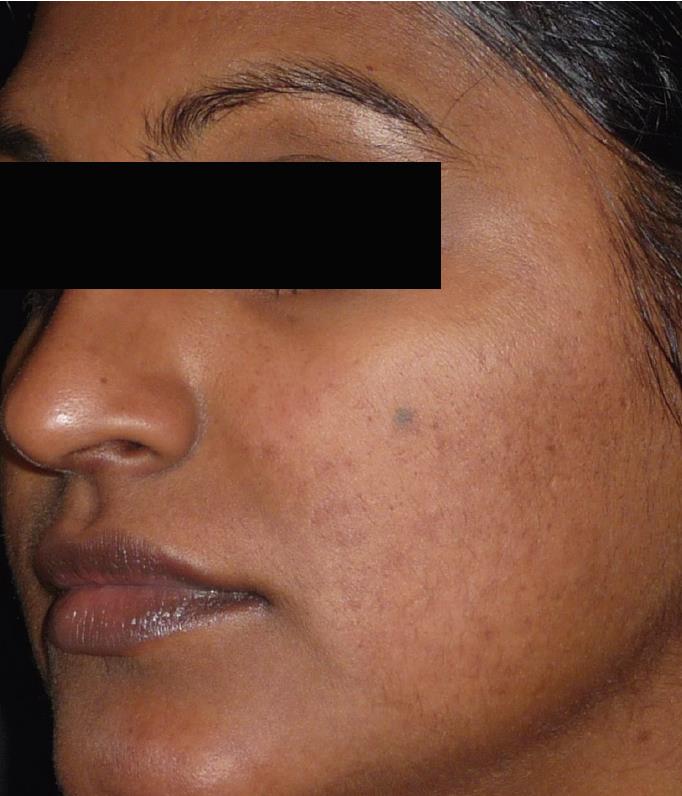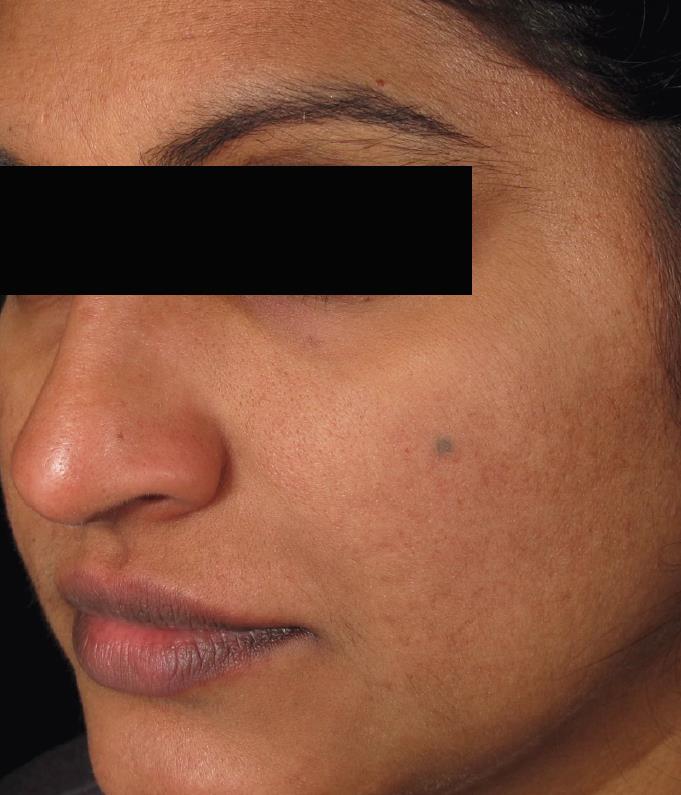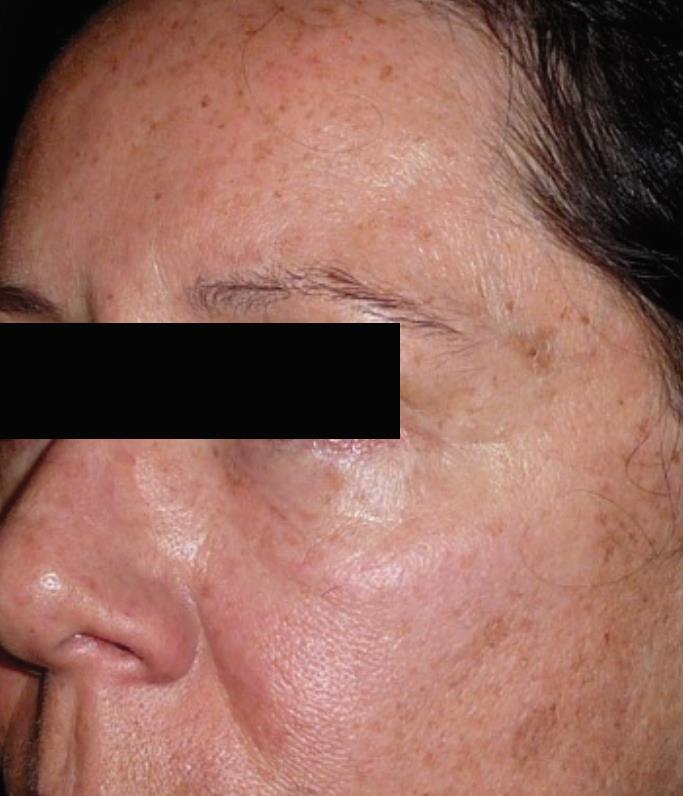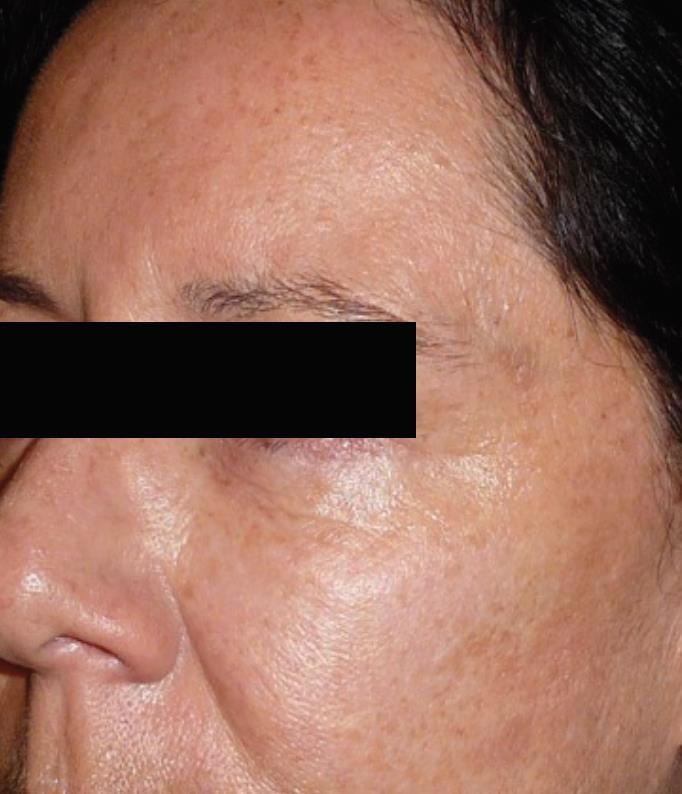What is it and how does it help?
If you’ve got problem skin, SELLAS resurfacing might be the answer. Particularly effective in healing scars, the procedure also refines skin complexion by reducing pore-size and uneven skin colouring. It works well for all skin types, including dark skin or sensitive skin that marks easily. It’s ideally suited for the face, neck, décolletage and back of hands.
How does it work?
Able to be tailored to the particular problem, SELLAS resurfacing involves a gentle but deeply penetrating laser that directs micro-columns of infra-red light to heat skin tissue. A computer-guided scanner accurately fixes the laser parameters – such as depth, rate and scan pattern – giving a precise and uniform effect on the skin. This stimulates a regenerative response in the skin to produce clearer, more vibrant and healthier looking skin.
How is SELLAS EVO different from Profractional/ Fractional CO2 resurfacing?
All these procedures use state-of-the-art fractional technology to get the most out of the cosmetic benefits of laser skin resurfacing, while keeping the side-effects and recovery time to a minimum.
SELLAS EVO uses non-ablative (minimally invasive) laser light to treat the skin which allows for a rapid recovery time. The non-ablative laser beams are delivered as individual columns in a polka dot fashion. The advantage is the reduced downtime as adjacent normal tissue can assist with more rapid healing. These multiple columns of laser beam can be varied in width, depth and density for a treatment program that is just right for you. Profractional/ Fractional CO2 resurfacing delivers fractional lasering in a similar way, but is an ablative laser (moderately invasive) with greater intensity, and tends to have a longer recovery time. Many patients benefit most from a combination of the different fractional lasers that are available in the practice.
Your doctor will advise you on the best resurfacing method for your skin.
Is everyone suitable for SELLAS EVO?
We do not treat:
- Pregnant or breastfeeding women
- Children under the age of 18 without parental consent
- Current significant skin disease/ infections such as cold sores at the site of treatment
- Patients with (darker) skin types 5-6 are at greater risk of post-treatment pigmentation
- History of keloid scarring (special precaution in high risk areas)
- Any emotional, mental or medical condition that may impair judgement
- Before – Level 1 resurfacing (Sellas)
- After – Level 1 resurfacing (Sellas)
- Before – Resurfacing – Laser Sellas
- After – Resurfacing – Laser Sellas



